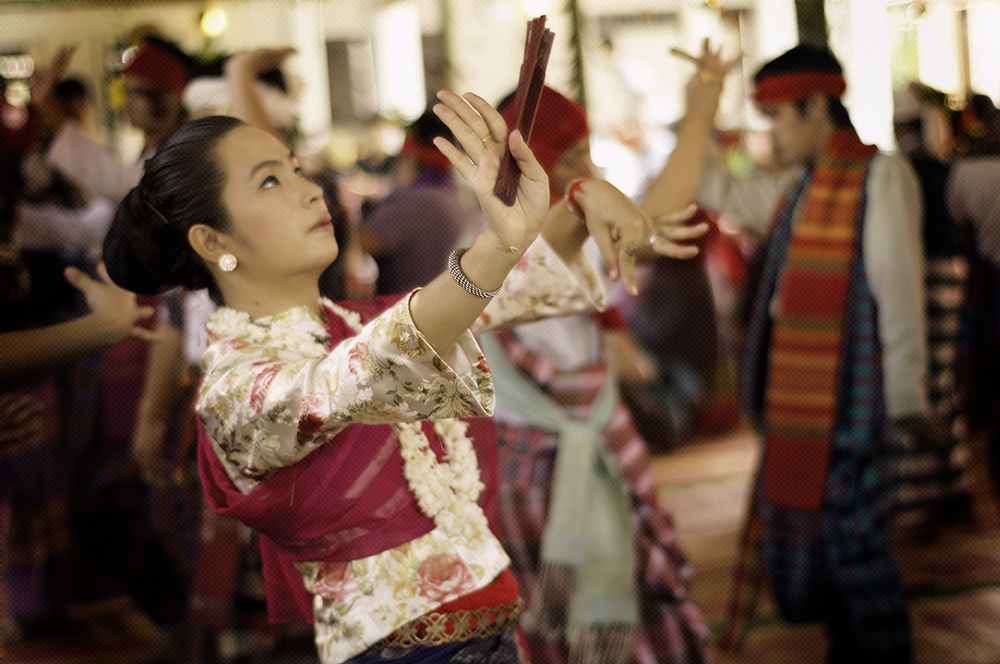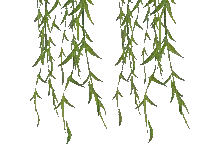The Pu-Yar Ghost Dancing Tradition in Lampang

Rating: 5/5 (1 votes)
Lampang attractions
Attractions in Thailand
The Pu-Yar Ghost Dancing Tradition in Lampang A Unique Thai Cultural Ceremony The Pu-Yar ghost dancing tradition, a cultural ceremony specific to Lampang Province, Thailand, is a significant ritual dedicated to honoring ancestors. This practice reflects deep-rooted beliefs and reverence for ancestral spirits that predate the introduction of Buddhism to Northern Thailand. The ceremony typically takes place from the fifth lunar month (around February) through to the beginning of the rainy season, featuring unique dance and music performances to pay respect and veneration to the spirits of the ancestors.
Historical Background The Pu-Yar ghost dancing tradition is a distinctive practice of Lampang's local culture. While the exact origins of this tradition are not well-documented, it is believed to stem from ancient beliefs and practices predating the spread of Buddhism in the region. The ceremony showcases Lampang's unique cultural heritage, maintaining traditional customs and spiritual practices.
Types of Ancestor Spirits In the Pu-Yar tradition, there are two main types of ancestor spirits worshiped: Phii-Mot and Phii-Meng. Each type of spirit is important to different families and clans. When families with different beliefs intermarry, their ancestor worship practices may blend, resulting in a combined tradition known as "Phii-Mot Son-Meng."
Musical Elements of the Ceremony Music plays a crucial role in the Pu-Yar ceremony. Originally, local traditional music was used, but over time, piphat ensembles—a form of ceremonial music from various cultures such as Mon, Burmese, Lanna, Thai, Lao, Khmer, and Javanese—became integral to the ceremony. This blend of musical traditions adds to the unique and diverse character of the ceremony.
Structure of the Ceremony The Pu-Yar ghost dancing ceremony is meticulously organized with distinct roles and hierarchies:
Maa-Khi or "The Seat": This role is filled by a person who acts as the medium for the ancestor spirits. Typically a woman over twenty years old, the Maa-Khi plays a central role in inviting the spirits to participate in the ceremony.
Kwan: These are the attendants who serve the ancestor spirits, responsible for dressing the medium, preparing offerings, and ensuring that the spirits' needs are met. The role of Kwan is generally performed by women within the family.
Kang: Refers to the labor and resources contributed by the family, usually involving male descendants. They assist with tasks such as building the ceremonial platform (Phaam), fetching water, and transporting items.
Invited Spirits: These are spirits that are familiar and have been part of previous ceremonies. They are invited to join the ceremony and are considered part of the family's spiritual network.
Traditions and Regulations The Pu-Yar ceremony is governed by strict traditional rules and customs. The music must adhere to established ritualistic norms; any deviation in the music can result in the spirits not entering the ceremony or participating properly. Maintaining the authenticity of the music and ritual practices is crucial to preserving the tradition's integrity. The ceremony, therefore, serves not only as a form of cultural expression but also as a means of ensuring that ancestral veneration remains vibrant and respected across generations.
The Pu-Yar ghost dancing tradition represents a deep respect and veneration for ancestors that is integral to the cultural identity of Lampang. This ceremony, passed down through generations, highlights the importance of cultural preservation and community unity. The Pu-Yar ceremony is not only a visually captivating ritual but also a testament to the enduring value of traditional practices and their role in maintaining cultural heritage amidst changing times.
Comment
| Keyword (Advance) |
 Facebook Fanpage
Facebook Fanpage




 Category:
Category:  Group:
Group:  Historical Sites and Monuments(
Historical Sites and Monuments( Landmarks and Memorials(
Landmarks and Memorials( Museums(
Museums( Historical Houses and The Ancient City(
Historical Houses and The Ancient City( University
University Places of Worship
Places of Worship Temple(
Temple( Other religious and spiritural sites(
Other religious and spiritural sites( Research and Development
Research and Development Royal Project(
Royal Project( Suburban Living
Suburban Living Village, Community(
Village, Community( Local Market(
Local Market( Nature and Wildlife
Nature and Wildlife National Parks and Marine Reserves(
National Parks and Marine Reserves( Mountain (Doi)(
Mountain (Doi)( Dam, Reservoir, Lake(
Dam, Reservoir, Lake( Waterfalls(
Waterfalls( Hot Springs(
Hot Springs( Caves(
Caves( Flower Field(
Flower Field( River, Canal(
River, Canal( Bays and Beaches(
Bays and Beaches( Other natural attractions(
Other natural attractions( Entertainment and Agricultural
Entertainment and Agricultural Animal camps and shows(
Animal camps and shows( Farm, Parks, Gardens and Ecotourism(
Farm, Parks, Gardens and Ecotourism( Outdoor and Adventure Activities(
Outdoor and Adventure Activities( Shopping
Shopping Shopping and Night Market(
Shopping and Night Market( Spas and Wellness
Spas and Wellness Spas and Wellness(
Spas and Wellness(